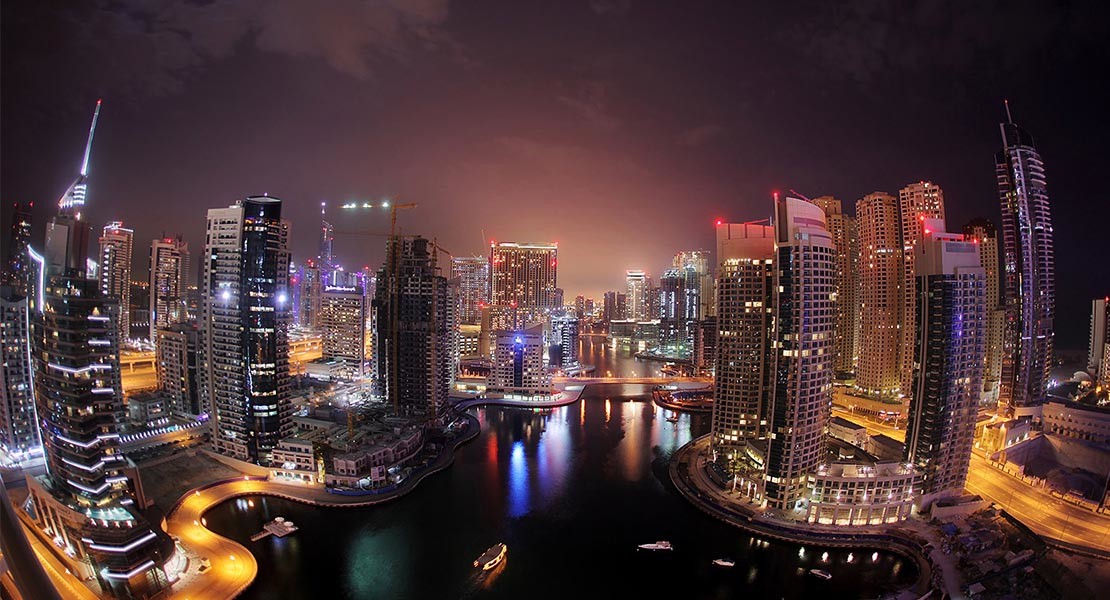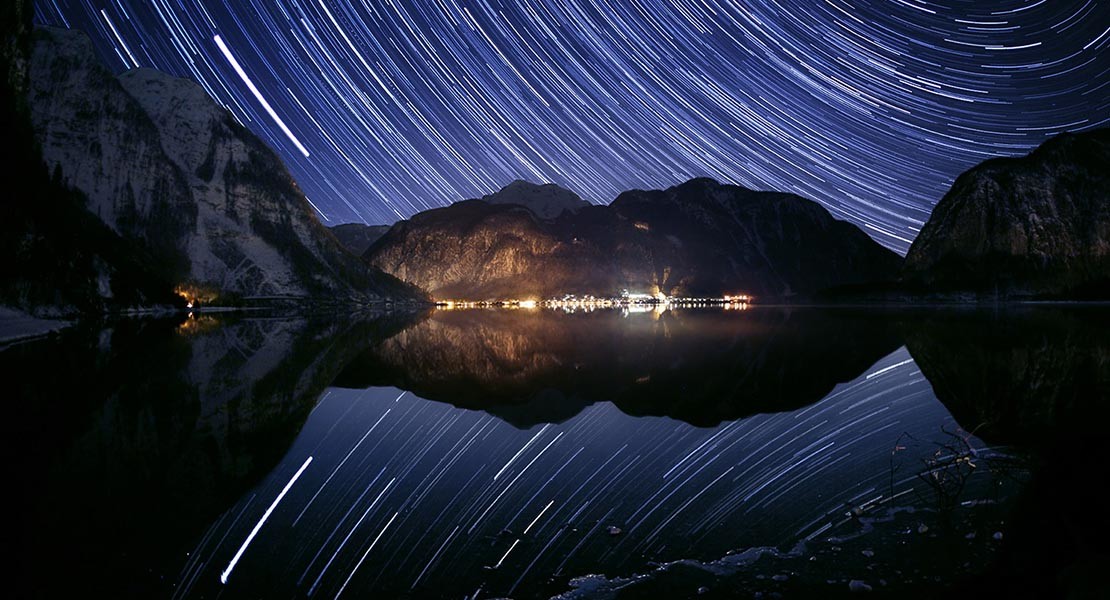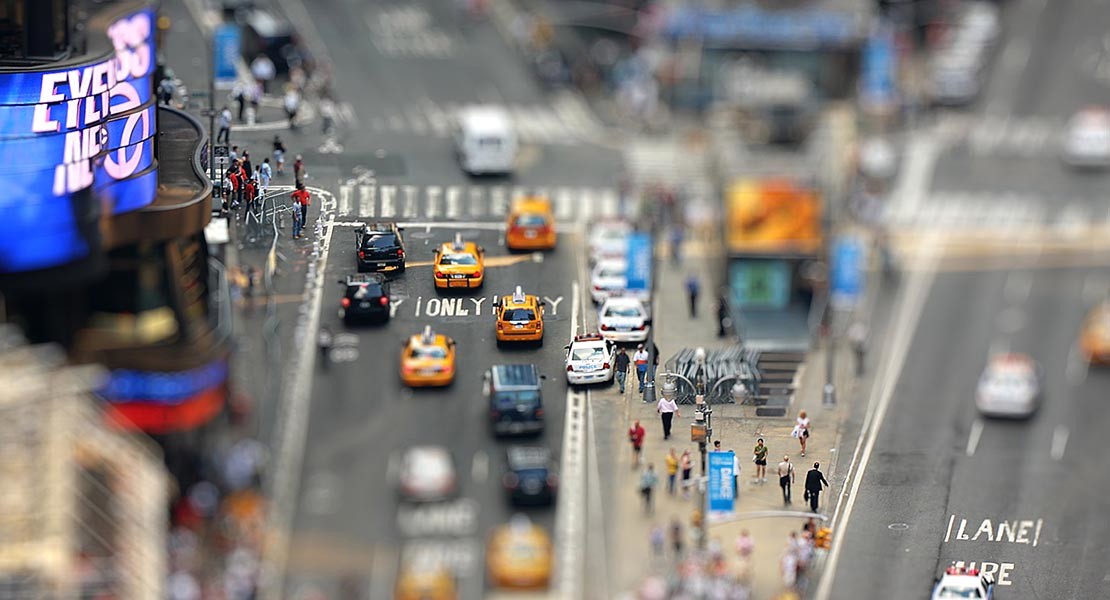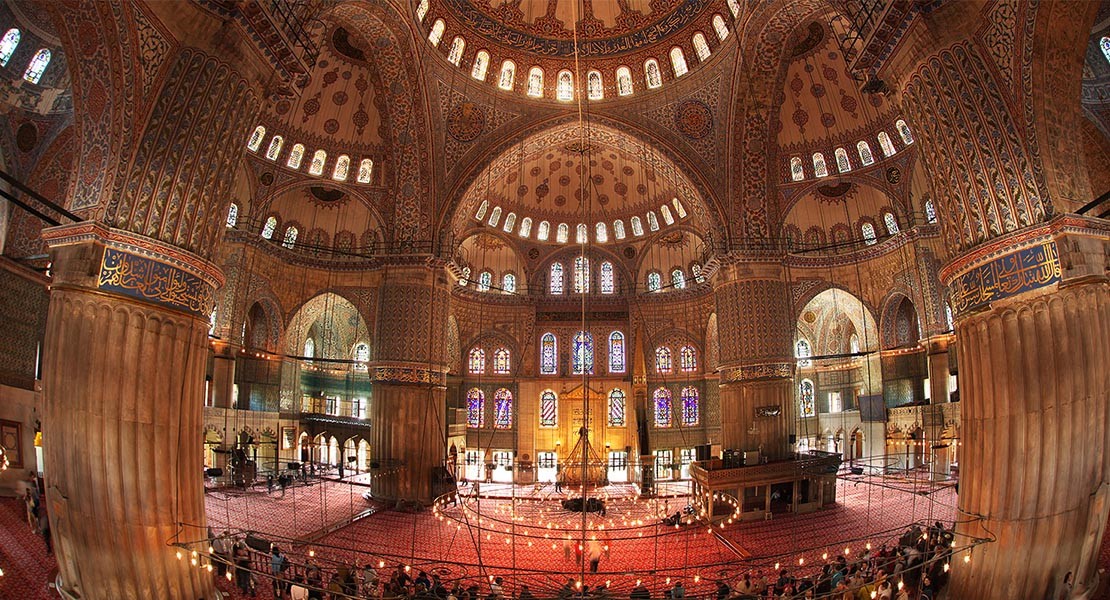Geoff Tompkinson is definitely the Master of travelling the world as a photographer and timelapse video producer for over 30 years! It’s a pleasure to host him on Time Lapse Network, for a few minutes!
As you know, we love to tell story of success, those of the “a time-lapse can change your life” kind. We are therefore proudly publishing this exclusive interview with Geoff: enjoy it!
Who’s Geoff Tompkinson, in a video-nutshell?
Before starting our interview, let’s have a look at one of Geoff’s recent creations:
Introduction
Ciao Geoff, and thanks for accepting our interview.
“Top Story of the Day” “Best of 2012“, and “Best of 2013“: you have been awarded several times on Time Lapse Network thanks to your stunning videos around the world!
1. How does it feel like being one of the most awarded time-lapser on our site, and what do you think about TLN – although contents are not produced in your language?
Ciao Marco, my pleasure.
I must admit I didn’t realize that I was one of the most awarded time-lapsers on TLN, but now you have told me I feel honoured that my work is being so well received – thank you.
I have several more videos coming soon including a Hyperlapse 2013, but I still have post production work to complete from New York and Washington before releasing that one.
Other exciting projects this year will be my Timelapse and Hyperlapse Workshop in Istanbul – a 5 days hands-on experience for a group of 10 to 12 people with classroom sessions and location shooting, covering everything from basic lock-down shots to hyperlapse bulb-ramped day to night moves.
We will also soon be taking pre-orders for ‘KAIROS – Our World in Timelapse‘ a fully featured Blu-ray production in association with some of the best timelapsers from all over the world. Anneliese Possberg; Bevan Percival; Randy Halverson; Joel Schat; Joerg Niggli; Pavel Trotsenko; Stian Redkal; Alex Cherney and of course myself.
2. Wow, that’s sound amazing!
It seems you’ve been living a very cool life – at least, the one that lots of us always wished for themselves.
30 year travelling and shooting around the World, and getting paid for producing very high quality time-lapse sequences!
Are you asked to create such videos or you simply make them and earn money by selling rights on Getty? How does it feel to be so free.. and most of all, have you always wished this for your life?
Well Marco I apologize in advance as this is going to be a long answer.
I have been working as a full time professional photographer for 33 years or so since leaving University back in 1979 (I studied Marine Zoology).
I was an underwater photographer specializing in coral reefs in the early days then went full time into photojournalism. I was originating my own story ideas then shooting and writing the pieces as well. I worked with most of the major magazines in the World including, if I remember correctly, an Italian magazine called ‘Airone’ for whom I produced several features.
This work was sometimes funded by myself in the belief that I would make money by selling the end product to the magazines (I always did) and sometimes it was partially or wholly funded by the magazines. This would happen with magazines like GEO, Stern, Bunte, Sunday Times, etc.

For a young guy with no wife, children, and no house to support it was great fun and I became quite well known in the photojournalistic world. I even won a minor World Press Photo Award.
After a while I realized that I was never going to be able to make a good living from magazine photojournalism alone so I needed something else that fitted the two main criteria for my philosophy of photographic survival.
- The work must be something I enjoy doing and which gives me a feeling of pride in the end result
- It must pay well, or at least well enough to be viable to support my other activities – like living.
So I moved into producing the imagery for Corporate Annual reports. I had been producing a lot of science and technology based magazine stories so it was natural for me to target corporations working in this area. After a long while displaying my portfolio to potential clients I landed a major assignment with Glaxo Pharmaceuticals which was to eventually take me all over the world for 5 years producing images from research facilities and production plants. I became quite an expert with creative lighting techniques and used to travel with huge amounts of equipment.
I also did similar work for many other major corporations and all the time I was doing this I was also working in reportage and producing a good selection of potential stock imagery.
My next step was to move into stock image production. I worked with many picture agencies initially. Aspect; Science Photo Library; Camera Press; but only really started to make serious money when I joined the Telegraph Colour Library. This was at the beginning of the period when the main image selling tool was the printed Catalogue.
Every year the major libraries like Tony Stone, ImageBank, Telegraph Colour Library, would produce a glossy catalogue featuring their best images. These catalogues were amazing. They contained only a tiny percentage of the images in each library, yet they generated 90% of the income. If you could get your images into these catalogues you were going to do very well.
To give you an idea – I had 11 images in the first catalogue and perhaps 20 in the second. This small number of images earned me as much as I now earn from over 4,000 timelapse clips in the worlds premium library. It’s all about timing – nothing lasts.
Around the year 2000 I could see that returns from still image stock were going to decline to a level where they would no longer provide sufficient returns for a professional. I needed a new idea!
It occurred to me that the newly emerging digital cameras were shooting still images at a resolution that was well above the 1920 x 1080 needed for HD video. I realized that if I could capture a series of stills with a regular interval then play them back at a realtime speed I could produce timelapse sequences. I had always been fascinated by timelapse and had actually used it as a major part of my University degree project back in 1979.
I bought one of the early Nikon compact digitals. There were no intervalometers in those days so I built one with help from a friend who was good with electronics. It looked like a bomb detonating device and had a crude dial where I could change the interval that the camera would fire.
I did some tests and produced some sequences but now needed to find the best way to assemble these into a movie. After much research I bought a copy of After Effects and have been using it every day since then.

I was the first person ever to present digital timelapse to the footage libraries and they were very nervous about accepting it as they were used to an analogue workflow. I finally persuaded them to give it a go and it sold well. (nowadays they only accept digital!)
A new career step began. I went full time into producing these clips and funded my own international trips in the belief that the end results would sell. I was right.
I have been doing this ever since. Together with my wife Liz, I have produced around 5,000 clips all over the world and have had the freedom of deciding myself where I want to shoot and what I want to shoot. My work is repeatedly used in major hollywood movies, TV programs, corporate advertising etc etc and has generated in excess of $4m. It has been, as you say, pretty cool.
Amusingly I saw one of my very early timelapse test shots of a rotting bowl of fruit featured in the recent Twentieth Century Fox animated production – ‘EPIC’. Its good to see the old stuff still gets used sometimes.
The time is now coming again, due to the inevitable improvement in technology and volume of amateur production, when the viability of this working model is decaying.
3. What’s your gear when it comes to shooting timelapses around the world? Camera, lenses, dollies – if any?
I shoot timelapse with Canon equipment. Canon 5D Mark II and Canon 6D for Astro work. Various Canon lenses, but my standard lenses for this work are the Canon 16-35mm f/2.8 and the Sigma 15mm f/2.8 EX DG Diagonal Fisheye.
I use Dynamic Perception slider rigs and eMotimo motion control head. For hyperlapse work I use various dolly and monopod rigs of my own design. Those who come on my workshops will be able to see and use these for themselves.
For day to night work, after years of using my own manual method, I have moved over to the excellent Promote Control unit. Use of all these devices will be covered in my workshops.
4. The “Round the World in Timelapse” project is one of the coolest one we talked about, on Time Lapse Italia. Are these city-focused timelapse reels a way to advertise your products / yourself somehow, or do they exist for.. a “bigger picture”?
I have produced timelapse clips for longer, in more locations, and with more genres than anyone else on the world. I had never considered self publicity as I was quite content to be doing what I loved and getting paid for it.
A year or two ago I decided that edited highlights from this huge volume of work would make a unique collection to present to the public as a product in itself. It would be a great thing to leave behind as a record of a huge period of my creative life. Since then I set up my Facebook and Vimeo pages and moved a little into the world of social networking with the aim of generating enough interest to make such a production viable in terms of potential clients.
In order to round-out the collection in terms of locations and genres I have invited a team of top timelapsers from around the world to join with me in this venture. They are all now on-board so I have a lot of work ahead of me assembling this definitive timelapse offering. As I mentioned above, we will be taking pre-orders for this disc very soon.
5. In your opinion, who are the greatest time-lapser that you know and follow?
I admire the work of several timelapse artists but would not pick out any individual. Most timelapsers tend to concentrate on a single genre of work in a single limited location. I of course admire the work of all those I have invited to join with me on the KAIROS disc.

6. We believe that producing very high quality time-lapse videos can somehow bring benefits to an author career. Do you agree with it? And if so, how is your life and work career changed with time-lapse production?
Plus, we are very interested in knowing how you perceive the professional time-lapse production market these days. Do you believe there’s still a chance for amateur and pro videomakers to get out there and become worldwide known with a great time-lapse production?
I hope this doesn’t sound too negative but I am going to answer this as it is.
As I mentioned above in my long answer to one of your earlier questions. There is a time and a place for everything and that time is like a timelapse of a ripening then rotting bowl of fruit. Things get better to a peak then start to decay at an ever increasing rate.
Advances in technology have made high quality photography, of all genres, easier to produce with little or no technical expertise. This is a good thing in many ways and a bad thing if you are trying to earn a living by getting people to pay you for image production.
Every time a well meaning amateur gives away an image or a video to a magazine or a TV station purely for the thrill of seeing his work published or his name mentioned, he is driving the perceived value of imagery ever lower.
I get contacted weekly by TV channels from all over the world wanting permission to use my work. They expect to get it for free. Why? because they do get it for free from others. They search through Youtube and Vimeo and find material that would work for them and most of the time the producer is so flattered that they give the work away for nothing.
This is inevitable and unstoppable.
As I mentioned earlier the period in which you could make a good living and fund an international travel lifestyle from stock sales is now coming to an end. I was probably the only person doing this in the world and now I have to slow down as well.
The price paid by magazines to photojournalists is the same now as it was thirty years ago – and it wasn’t enough even then. The day rates paid to photographers to produce timelapse videos are currently less than was the going rate for a stills photographer 20 years ago.
I recently went to an event where I met many of the photographers I remember from my early days in magazine photojournalism. I was the only one who was still a photographer. The others had all moved on many many years ago.

I think if becoming known as a great timelapser is what you want, then that is currently possible amongst those who are really interested in timelapse, but it brings very little in real terms to the photographer. Those who want to get remembered for a short while need to produce something different. There are so many people producing star-twirl timelapses it is impossible to pick out anyone who is better than anyone else.
The people who get the most publicity from their photographic works are not often the best – they are just the ones that are better at marketing and know how to use the current media outlets.
If you look at hyperlapse as a technique. There are easy moves to make and there are very difficult moves to make. There are easy ways to do your post production and there are better ways to do it. But at the end of the day the average viewer does not perceive or appreciate the extra work done by the perfectionist. This reflects in the price a client is willing to pay you to do the work. If he can get something that is ‘good enough’ for half the price – he will.
7. Last but not least, as some members are truly struggling to get their final videos look as sharp and neat as yours are, they would like to ask you to share details on your overall workflow: which software you use, and when.. how many video encoding passes.. direct RAW files editing, or.? .. final codec used, etc… Would you please be so kind to give your precious advices?
The videos of mine that you are judging my work by are inevitably compressed mpeg versions for display on Vimeo etc. so its good to hear that they are well received.
I shoot everything at the highest resolution of the camera – so somewhere around 5k. This may be raw, it may be jpeg, it depends on the situation. Everything is worked on in After Effects at 5k and downsized for output to a final master AJA Kona 10bit HD file. These are rather large so I also produce several other sizes and codecs as a matter of course.
When I decide to put together a showreel for web presentation, the individual clips and music are assembled, cut, timed etc., in Sony Vegas Pro and output to a 100% photo jpeg MOV. This is then converted to mpeg for Vimeo etc either using After effects or Sorensen Squeeze.
In terms of actual production of the individual timelapse clips – this is where the real work is – I have developed many of my own techniques and secrets over the years. These will be revealed and illustrated to anyone who comes to one of my workshops.
Thank you, Geoff!
As the project founder, I would like to thank Geoff very much indeed for his time, kindness and detailed interview. You are a true inspiration for all of us, so thank you again and good luck with your time lapse workshop!
A warm embrace from the whole community of Time Lapse Network!
Marco

